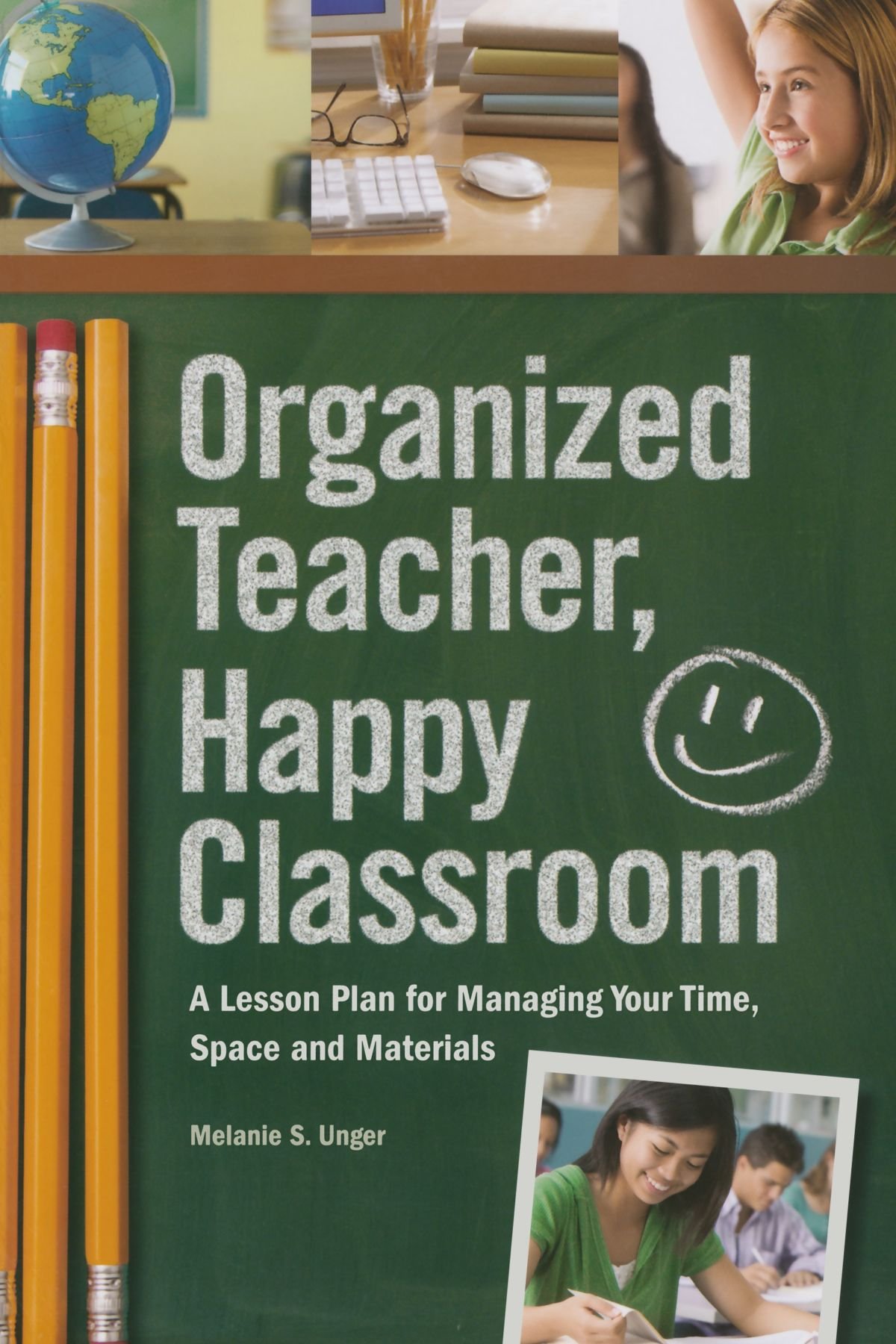Dollar Tree and Target are my best friends for school items!
I'm so excited I found Elmer's paint pens on clearance for 98 cents a piece at Target. So, I bought every color. I use these to write their names on the desks instead of using name tags that are ruined after a month of school. The paint pens come off easily with Lysol and last all year long!
Center and Guided Reading BASKETS!
everything! Since I have 4 guided reading groups, I use colored bins from the Dollar Tree to make things easier on everyone. Sometimes I change the colored bins but here is what I'm using this year:
Panthers --> Red bin
Bulldogs--> Orange bin
Sharks--> Green bin
Eagles--> Blue bin
These colorful bins help the students know where they can find books at THEIR LEVEL. Each guided reading group has a specific color. When I call each group, I use one set of these bins to hold their guided reading materials and books at my table. I use a second set of these bins (on the other side of the room) for their center books. This system is so helpful because it allows me to differentiate centers and gives the students practice at their level without interrupting me during guided reading.
Center Rotation Schedule
I use a PowerPoint slide, that I update weekly, to help students see what center they should be working on for that day. The first few weeks it displays the students who are in each group until they remember their group name. Monday through Friday each group is assigned ONE CENTER EACH DAY. I color code the 4 groups so the students know which part of the chart belongs to them. For the leveled readers center, I use the same colors as their guided reading bins!
Here are typical weekly centers:
- Computer (Pearson)
- Word Work (Spelling)
- Vocabulary NB (Reading Words)
- Writing (Journal and other)
- Leveled Readers (Reading Street)
On the computer, I can assign activities from Pearson, a program we use to access their reading textbook and other resources. Word work is a front and back word sort page that goes along with their weekly spelling words from Pearson. Vocabulary notebook is where they write down the definitions and examples of their reading vocabulary. They need to practice using the glossary to find the definitions and then think of a creative sentence to use the vocabulary word. Writing is usually a journal prompt that I give them. They write down the prompt and answer it in their center notebook. Example Prompt: If you were the teacher, how would you run your classroom? Be specific and provide examples. The writing center can also be more time to work on their writing from classwork. Leveled readers are mini books that go along with the Reading Street series we use. I have readers for ELL, concept, below, on, and above level. All I would do is select the appropriate level that would go with that group and put a set of books in their COLORED center bins.
Guided Reading Schedule
I only have one hour of guided reading/centers allotted in my schedule. So each group would only have 15 minutes if I called all the groups daily. I try to call my below and medium level groups daily. And my high group a couple times a week. The first two weeks of school I go over how to complete the centers and what to do when their guided reading group is called. PROCEDURES ARE VITAL TO SUCCESSFUL CENTERS. I make my students tell me every day that they may NOT come up to me while I'm at the guided reading table. They can ask 3 before me if they need help. I also allow them to work with their group if they are getting stuck. It is important that they know I have high expectations for them so they are not wasting an hour of center time socializing instead of completing a valuable practice center.
















